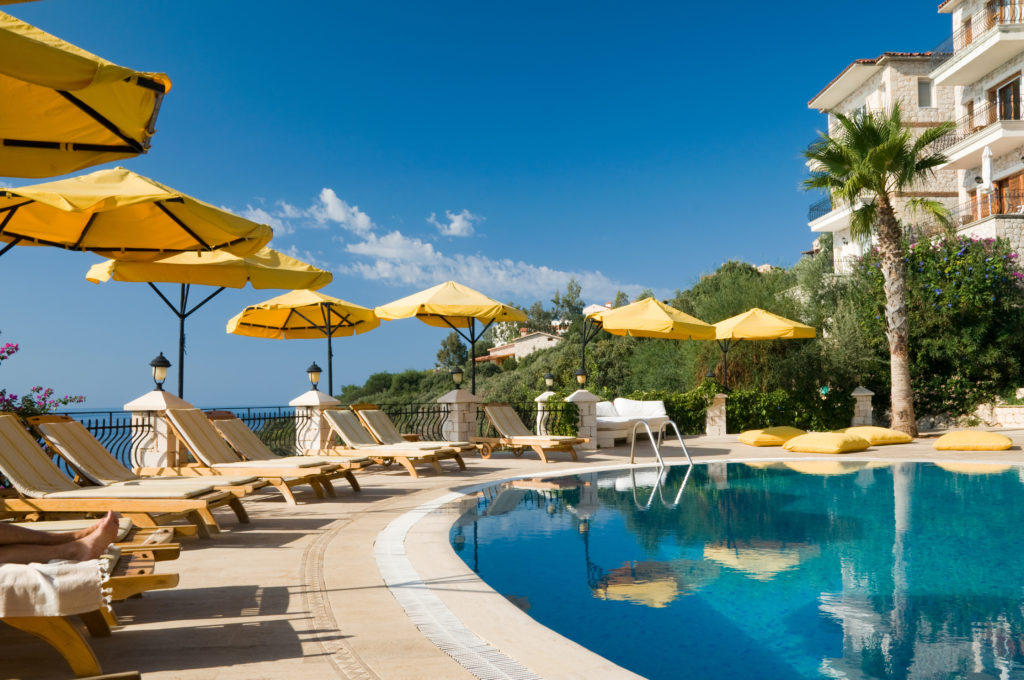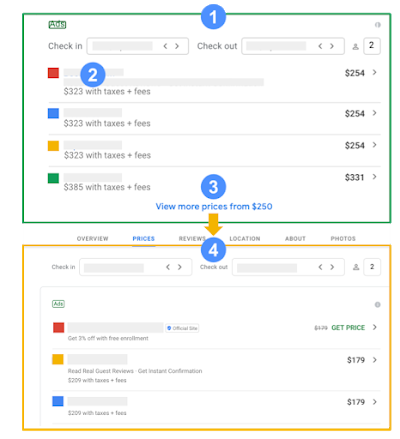
A couple of weeks ago, I wrote about Google launching a full destination search site for hotel listings that will seriously compete with OTAs offerings and hoteliers own digital marketing campaigns.
With a massive user base and market share, Google has played a significant role in the growing metasearch industry. According to netmarketshare.com, in 2017 Google accounted for 75% of search engine market share for desktop and 93% on mobile. Many customers turn to Google first for answers to their travel research questions, submitting millions of hotel search queries through the search engine every day.
All major hotel brands are taking advantage of this powerful advertising channel to turn it into a huge avenue to showcase their properties to their potential guests. Whether you’re a seasoned metasearch expert or just becoming a bit familiar with it, it is now even more critical to become very familiar with this advertising opportunity. After all, and in contrast with all other OTAs or metasearch engines, Google still allows you to keep your own customer relation and data during the booking process. Even if it’s not quite the same as “Direct Bookings” it’s definitely the next best option.
As far as the actual campaign set up, Google Hotel Ads works very similar to a traditional ‘non-hotel’ Google Ads campaign. In a nutshell, when setting up a campaign, as an advertiser you can determine the following parameters:
- Campaign Name
- Campaign Budget
- Base bids at the campaign, ad group, and property level
- Multipliers at the device and user country level
- Ad groups that will live within the campaign and the hotels that will live in each ad group
Here’s a quick brief of a typical campaign structure:
1. Ad Group – A group of similar properties that exist within a campaign.
2. Base Bid – The default or starting bid for an individual property. This bid will be impacted by bid multipliers. This bid can exist as a flat CPC or as a percentage of the room’s rate.
3. Bid – The amount an advertiser agrees to pay for a specified user action which may include clicks or acquisitions.
4. Bid Multiplier – A number that when applied to the base bid determines their effective bid. Multipliers can be used to either increase or decrease the base bid based on when, where, and how the user searches.
5. Call-out Extension – Promotional offers that add value to the advertiser. Examples include: “free breakfast”, “free wifi”, or “best rate guaranteed.”
6. Hotel Campaign – A set of ad groups that share a budget, location targeting, and other settings.
7. Device Type – The device a user is searching from. Device types include desktop, mobile, and tablet.
8. Point of Sale – Where a hotel booking originates, sometimes referred to as “user country”.
One of the key factors that will determine the success of your campaign is your Impression Share (IS). Hotel ads use the same metric names as other campaigns to report on impression share, with the difference being that the Hotel campaign metrics apply only to the Hotel ads booking module, and not organic search. In the case of Hotel ads, the impression share is calculated based on where your ad appears in the Hotel ads booking module.
Impression share = impressions / total eligible impressions
Impression share (IS) is the percentage of impressions that your ads receive compared to the total number of impressions that your ads could get.

Hotel ads that place in an auction may appear in a top slot (1) or a menu slot (4) of the Hotel ads booking module.
The top slot features ads that are in the top position in the auction, including the ad with absolute top impression share (2), which is the very first ad shown in the Hotel ads booking module. When a traveler clicks “View more prices” (3) from the top slot, the menu slot (4) appears. The menu slot contains additional Hotel ads.
As an advertiser, you will absolutely want your hotel “official site” to be listed in one of the top four positions and NOT under the “View More Prices” drop down option. The Click Through Rate (CTR) drop between being listed in the top four positions and being below the top four is definitely a deal breaker.
For example, if your ad is listed under “View More Prices” and the traveler didn’t click on the expanded menu slot (4), those impressions are reported as “Lost IS (rank)” and indicate the position where the ad appeared. If your ad didn’t not appear at all in the Hotel Ads booking module, then it is likely that you lost impression share due to budget or “Lost IS (budget).
When it comes to setting your bids for the desired Impression Share results, there are thousands of possible combinations and options to choose from but the above information should be a good base to get started. We always recommend that you work with an experienced Metasearch partner -even if it’s just as a third party consulting agency- to help you navigate the bidding auction with strategies that will work best for your specific KPI’s.
Thank you for reading. Until next time, this is Manuel Gil del Real (MGR)
Source and Graphic: Google Hotel Ads




